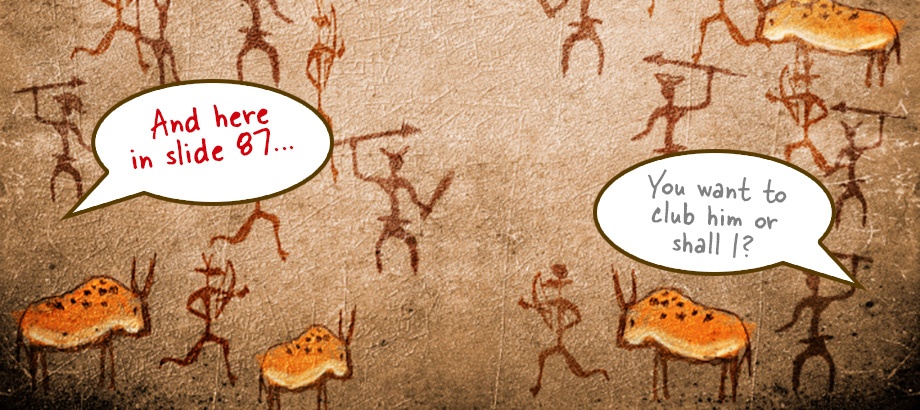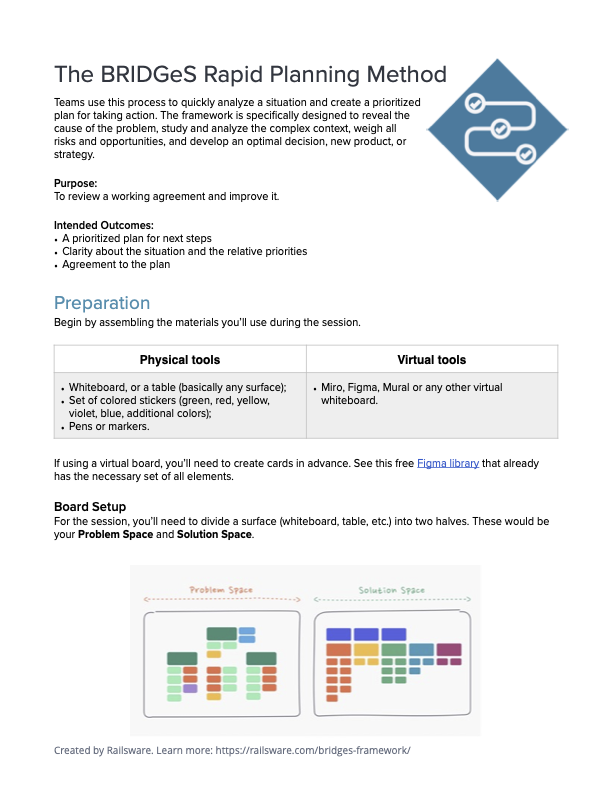Taking Effective Meeting Notes: Where Technology Meets Organizational Culture
I have worked in technology for 10+ years, and have experienced meetings of all shapes and sizes. Interestingly, the types of meetings and ways of conducting meetings have not evolved as quickly as the technology behind meetings.

Generally speaking, the meeting starts with the meeting facilitator announcing the agenda. Everyone introduces themselves. Someone is writing meeting notes and minutes as the meeting progresses. As the meeting winds to a close, the meeting facilitator surveys the room for questions and comments.
“We are the only mammals that can cooperate with numerous strangers because only we can invent fictional stories, spread them around, and convince millions of others to believe in them.”
Yuval Noah Harari, Sapiens
In the book Sapiens, Harari expounds on the “stories” that humans have passed down from generation to generation, resulting in our species’ culture, as it were.
Just like we inherit cultural norms and customs, our meeting “culture” is also inherited from previous companies we have worked at. Your organization’s meeting culture can result in bad meeting habits, and introducing new technology may not necessarily be the panacea to your organizations’ meeting woes.
From paper to email, calendar, and digital docs
Remember when meetings happened all on paper?
Your office’s admin might have placed a physical paper agenda on your desk 10 minutes before the meeting started so you knew what to expect for the meeting. Maybe you didn’t have the agenda at all and you went to the meeting cold.
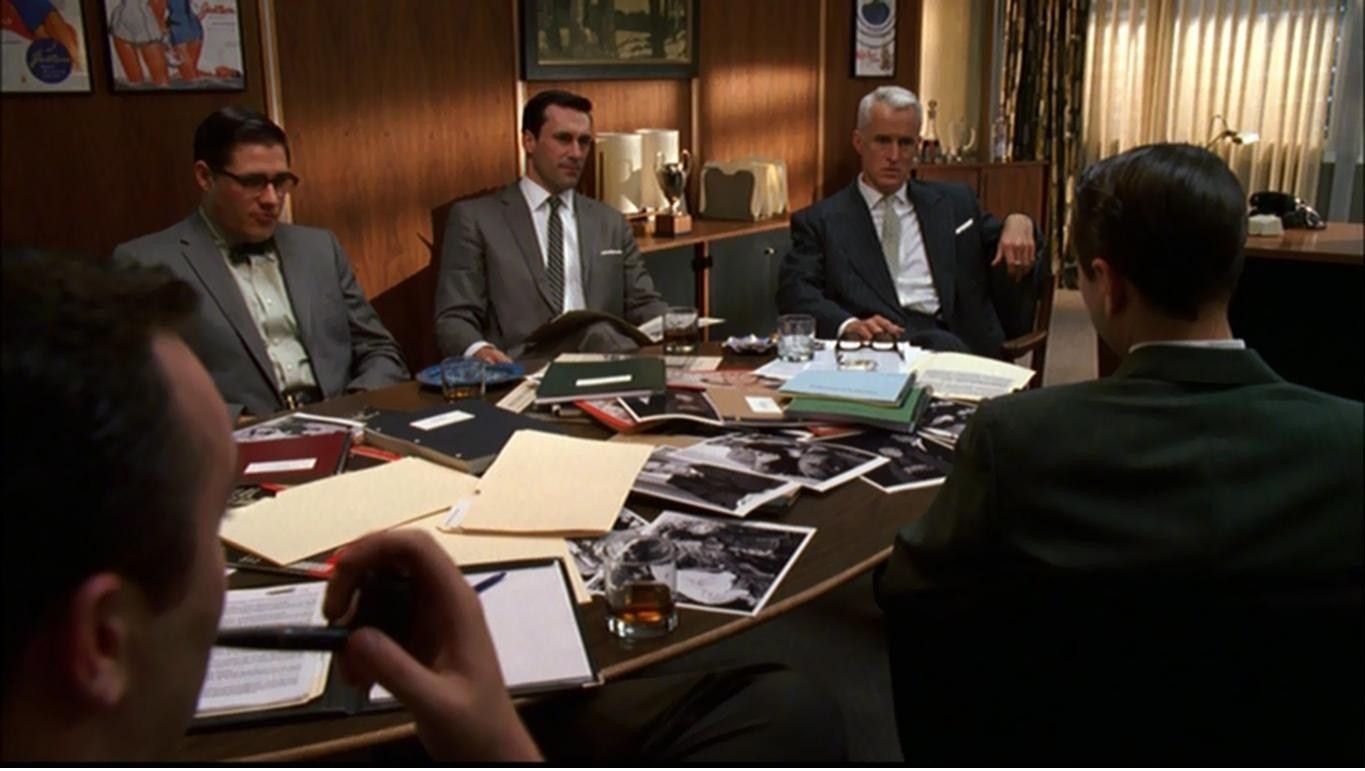
Technology obviously changed all this. Aside from saving more trees, technology gave meeting facilitators ways to make meetings more effective through email, Google calendar, Slack, and other digital documents.
A facilitator can email a meeting agenda days before the meeting starts. Google Calendar events can be scheduled weeks and months in advance and attendees can see who is coming to the meeting to help them prepare for the meeting. Slack messages can be sent during the meeting to discuss feedback about the meeting privately.
Finally, meeting notes and minutes can be transcribed and shared, commented on, and referenced by anyone in the organization using technology like Lucid Meetings or Coda.io.
Technology can make your organization’s meetings more effective if there is a meeting culture to support it.
As this article mentions, “you need a systems approach to effect a meaningful change.” I believe this applies not only to your organization’s culture on meetings but also how your meeting facilitators and attendees adopt technologies for meeting.
Establishing Action Items While Taking Meeting Notes
After your weekly cadence meeting, you might have 5 pages worth of meeting notes stored in a Google Doc. Sprinkled in the meeting notes are action items, follow ups, and key decisions that the meeting facilitator or another poor soul needs to review and collate. Those actions items and follow ups might end up in the meeting summary email. If you’re lucky.
Does this scenario sound familiar?

Even with technology like email and Google Docs, many organizations are still left manually reviewing then copying and pasting meeting notes from system to system.
In more forward-thinking organizations, they have adopted a culture toward technology where the goal is to reduce duplication and have one single source of truth for all their meeting notes.
For instance, instead of emailing out action items after meeting, a forward-thinking facilitator may add action items and follow ups directly to their team task management system so that the entire team can see outstanding meeting tasks in the same place they manage their other tasks.
When I was working on my own startup, we were using Google Docs to keep track of meeting notes and our team would frequently need to reference the meeting doc to see new action items and results from previous actions items. Our team was already using Trello for task and feature release management, so I convinced our team to use Trello alongside our Google Doc for meeting notes so that action items could be captured.
Staring at Screens Instead of Each Other
One of the biggest changes to an organization’s meeting culture that technology has brought on is staring at screens.
Once it became easy to create PowerPoint presentations and screen projector costs decreased, more meetings began to look like this:
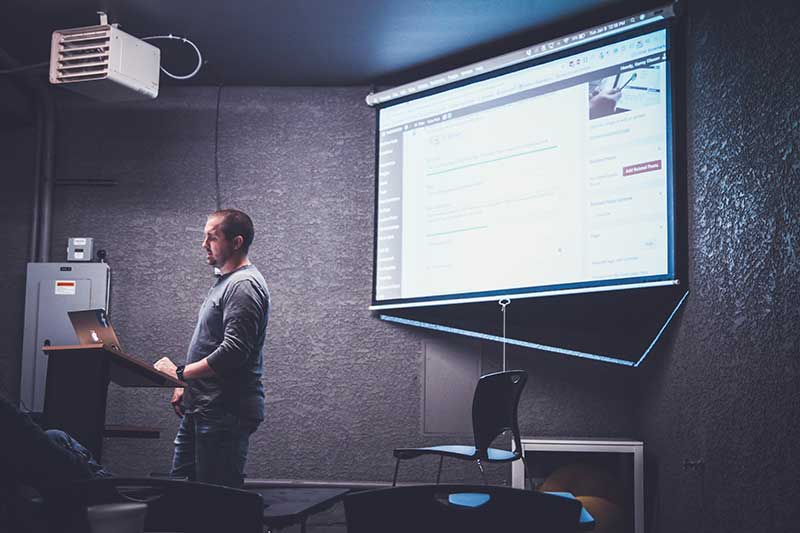
Instead of this:
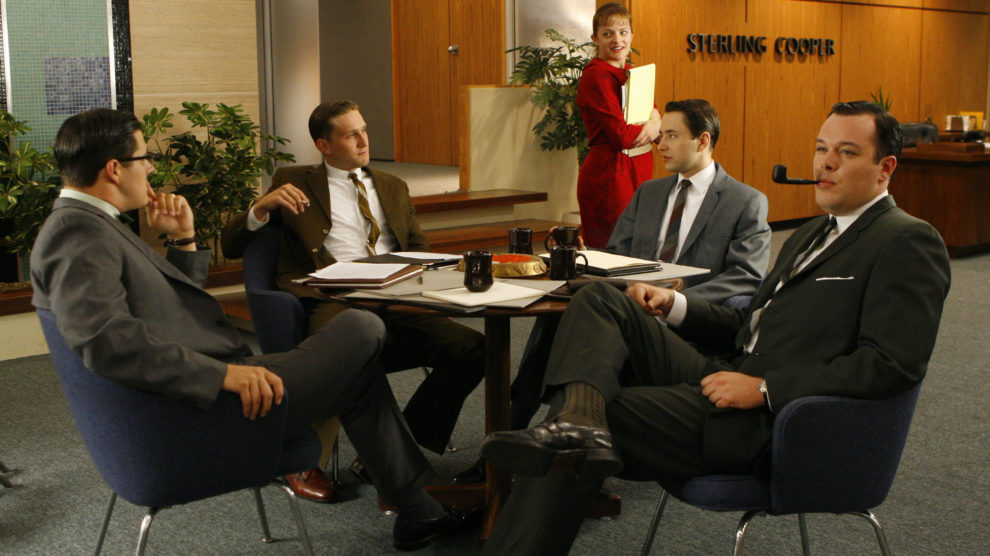
Some yearn for the days of yore when we stared into each others’ eyes when attending meetings. Sure, it leads to deeper human connections and relationships, but that’s what team lunches, offsites, and teambuilding exercises are for. Unless the information discussed in a meeting is highly sensitive (e.g. compensation), most business meetings require the data from the meeting to be disseminated to the rest of the organization.
If your organization’s culture values things like transparency and cross-functional collaboration, chances are you are a forward thinking organization that shares meeting notes widely.
Customer meeting notes from sales are shared with engineering; product feature triage meetings notes are shared with customer service. This type of information sharing leads to tighter collaboration between departments and decreases the chances of miscommunication.
Keep Collocated and Remote Meeting Attendees Engaged
It’s easy to check the stats on your fantasy sports team or respond to text messages when you’re in a meeting that doesn’t include topics that are relevant for you and your job. At a large company, one way to combat this issue is by telling meeting attendees that the meeting will be “laptops down” and that cell phones should be put on silent.
This type of behavior takes time to ingrain into the culture of your company, and takes buy-in from all meeting attendees.
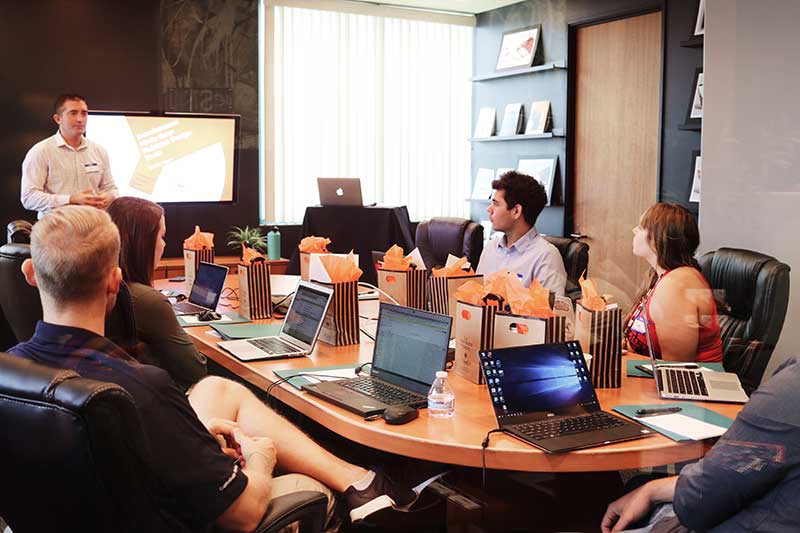
Keeping people engaged is especially difficult when team members are remote and dialing in on Zoom or Google Hangouts. Remote attendees are already in front of a computer and can feel the urge to respond to random notifications left and right.
For the meeting to be productive, having a collaborative doc that anyone can access regardless of location helps keep remote employees engaged.
Today, “participation” in meetings I attend does not necessarily mean you have to speak your mind or respond to someone’s feedback verbally. I can log my notes and provide my feedback in a real-time doc that syncs to the cloud for everyone to see. As more companies hire remote employees, a forward-thinking organization will adopt this meeting structure so that remote attendees are engaged.
I am a remote worker myself, and tracking meeting topics, updates, and minutes gets difficult without:
- A proper meeting culture that supports remote attendees and
- Technology that allows me to collaborate with others in real-time.
This Lucid Meetings case study says it all:
“Once a team is geographically dispersed, the need for tracking and coordination between locations intensifies.”
The All Important One-on-One Meeting
Historically, one-on-one meetings allow a manager and their subordinate discuss the subordinate’s performance, plans, and potential blockers. These meetings help the employee grow and voice their concerns, and the manager’s job is to assist with their subordinate’s projects.
It may be culturally taboo to stare at your phone or your computer while you are meeting someone one-on-one, but the meeting notes and action items resulting from the meeting have to be captured in some fashion, right?
Similar to team meetings, “data” from one-on-one meetings should not be “stored” in the brains of the two people meeting. Dates, action items, and follow ups are just as important in one-on-ones as they are in team-wide all-hands meetings.

Using Coda, I built this one-on-one meeting template that can be repurposed for a one-on-one meeting with anyone. You can create multiple sections along the left-hand side of the template to organize your meeting notes by date. More importantly, you have a simple way to track action items from the meeting as the meeting occurs:
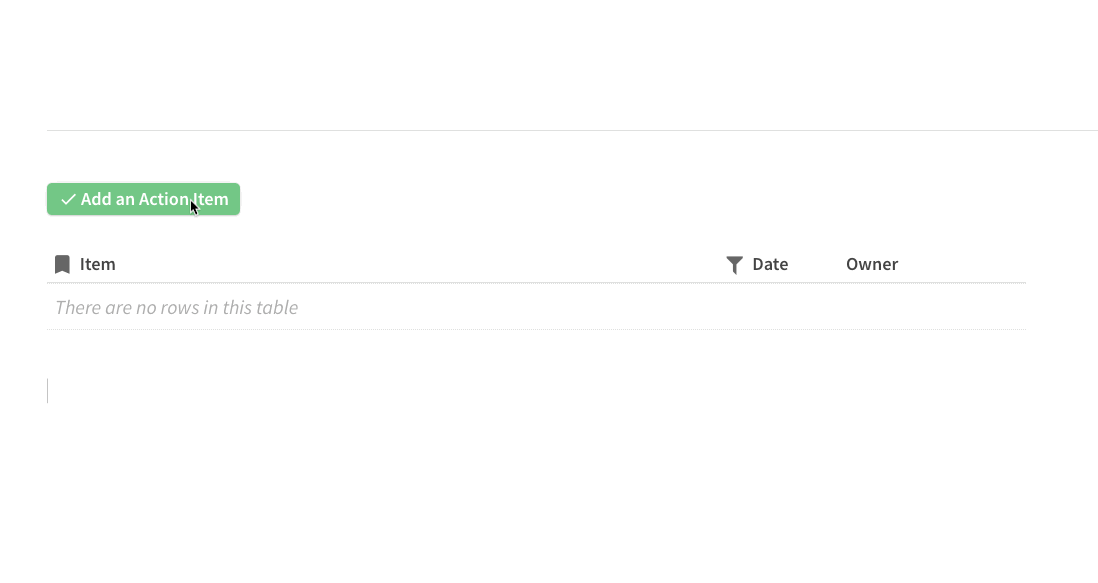
Then, you can go to the “Action Items” section to see all actions items you’ve logged across all your meetings. No more scrolling in one long Google Doc to find all the action items you wrote down from a week ago or copying and pasting action items to another tool. Everything is nice and neat in one table.
Want to see more one-on-one templates? Visit Lucid’s guide to One-on-Ones.
Changing Culture Before Changing Meetings
Change management is not easy for large organizations, and those who manage change internally understand that changing the organization’s culture trickles down to rituals like meetings. As mentioned here under “Reason for Failure 1,” asking your meeting facilitators to make “quick fixes” to meetings will not solve the underlying problems.
Bad habits start with organizational culture. Encouraging values like transparency, cross-functional communication, and openness to new technologies can kick start the changes to culture which change your meetings for the better.


